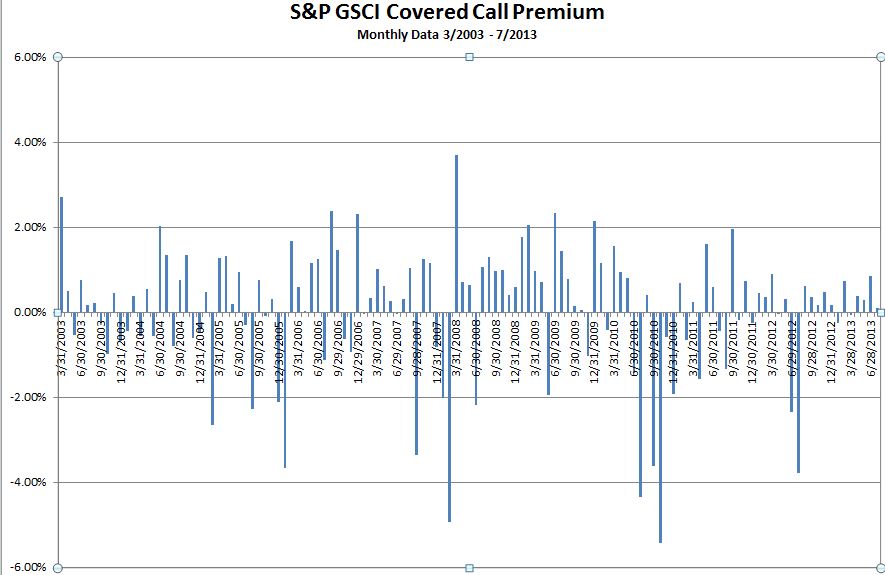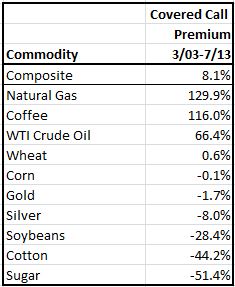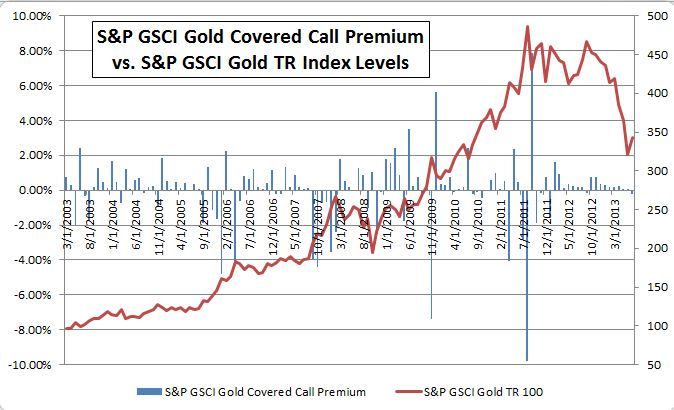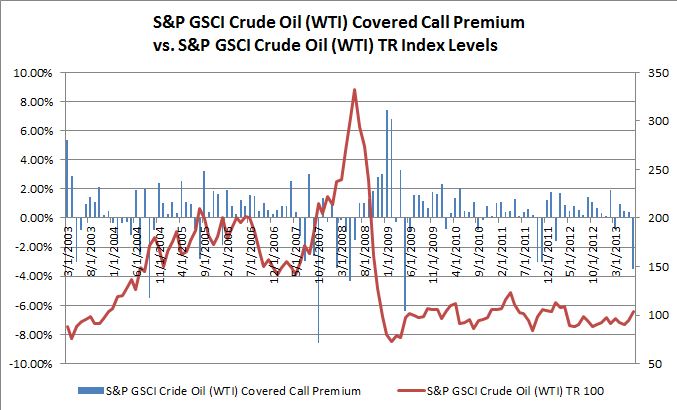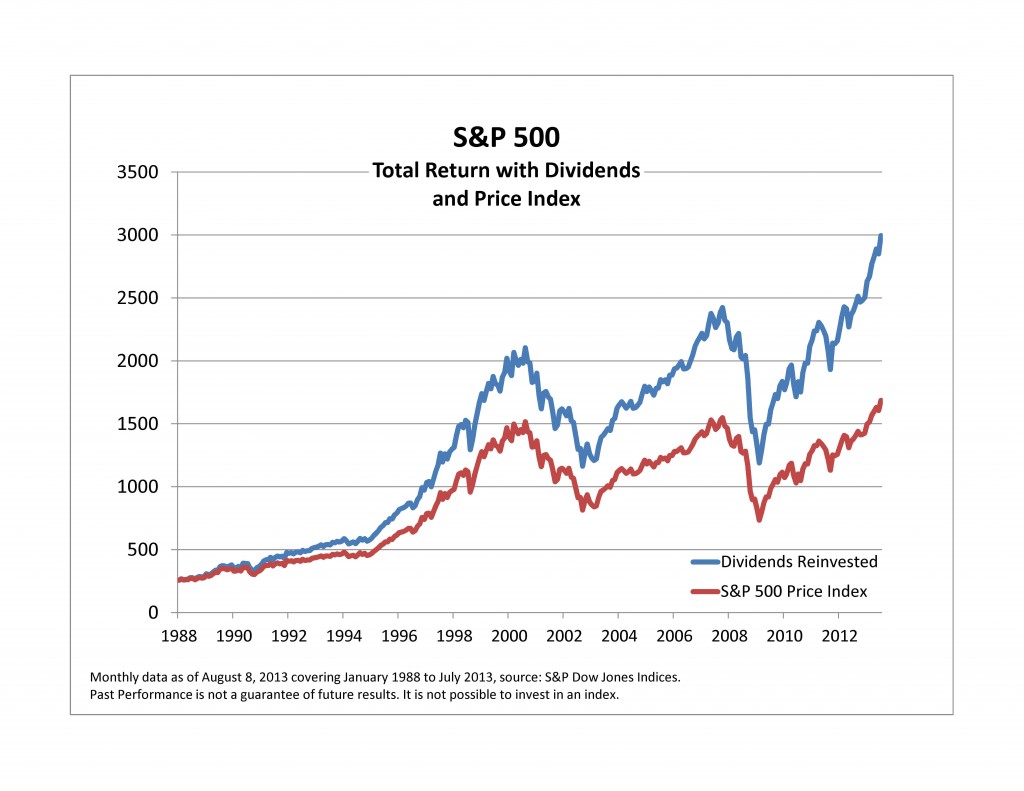The ancient Greeks tell the story of the fox and the hedgehog. The fox, it is said, knows many things, but the hedgehog knows one big thing.
Anyone who reads the Wall Street Journal or listens to CNBC will recognize the vulpine nature of much of the financial world. One key to investment success is to emulate the hedgehog and remember one big thing. That big thing is that index portfolios typically perform better than active managers operating within the same market segment.
We were reminded of this recently when we came across a paper analyzing the returns of state pension funds. It concluded that “State pensions showed mixed results in their ability to exceed U.S. and non-U.S. stock returns over the 10 year period. Median excess returns centered near zero, with fairly modest upside returns, topping off at 0.7%. Furthermore, there was material downside (negative excess return) for engaging in active management…”
Of course, this problem is not unique to institutional investors. Actively-managed mutual funds have had an equally-challenging time outperforming their benchmarks, and there’s little evidence that relative success in one year persists into the next. Forming portfolios of active funds increases the likelihood of underperformance relative to indices — illustrating that there are at least some situations in which diversification is a bad idea.
Investors do well to emulate the hedgehog and remember one big thing: those who place indices at the core of their portfolio have had an above-average chance of earning above-average returns.
The posts on this blog are opinions, not advice. Please read our Disclaimers.




